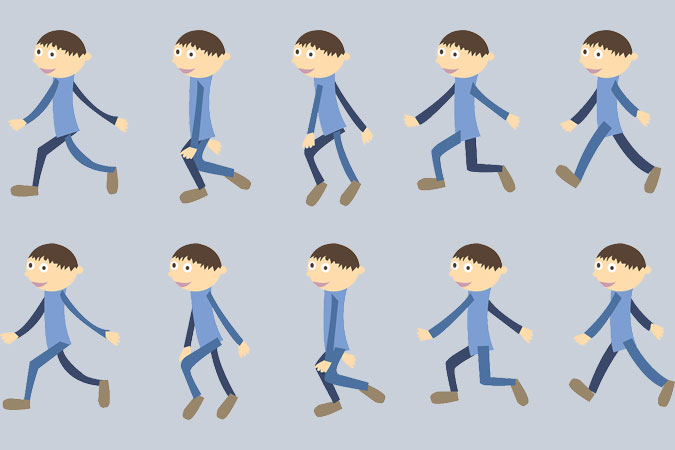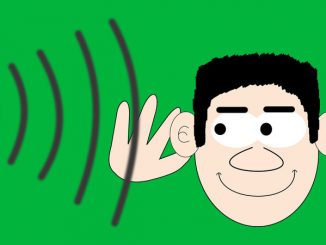
“Sit still!”
What catechist, teacher, or parent hasn’t uttered those words to a squirmy child? Some children simply love movement and thrive on experiencing reality through bodily movement. For them, sitting still is akin to closing their eyes to a reality that they prefer to access through movement and experimentation. Their constant movement is not necessarily an inability to pay attention but is a desire to use their bodies to experience life. Experts refer to this as bodily-kinesthetic intelligence, one of the variety of multiple intelligences identified by Dr. Howard Gardner. Recently on this blog, I have addressed meeting visual learners and auditory learners. Now let’s turn our attention to bodily-kinesthetic learners.
In our culture, children with bodily-kinesthetic intelligence are too often considered a nuisance; they are seen as kids who just can’t sit still. And yet, dancers, gymnasts, athletes, engineers, and architects are all examples of people who have this form of intelligence and excel when action and movement are involved in learning.
Luckily for us, the Catholic faith is highly kinesthetic! We use our bodies to worship the Lord at Mass: we sit, stand, kneel, genuflect, bow, cross ourselves, strike our breast, shake hands, and walk in procession—just to name a few actions. For bodily-kinesthetic learners, movement aids their ability to remember. Here are some strategies for engaging learners with this proclivity:
- Use learning stations to allow manipulating objects or moving around.
- Invite role-playing and participation in drama and dance/movement.
- Go on a scavenger hunt.
- Reinforce learning with associated gestures.
- Do projects and experiments.
- Use a variety of materials and manipulatives such as props, modeling clay, building blocks, or puzzles.
- Allow them to move around.
- Create hands-on environments.
Here are some previous posts that encourage bodily-kinesthetic approaches:
- Active Learning that “Sticks”
- Sacraments of Initiation Learning Stations
- Pictures from Bible Basics Learning Stations
- Four Reasons Movement Is Important for Catechists
- Sights, Sounds, and Movements: Connecting the Liturgy to the Classroom
- Sacramental Preparation Should Rely on a Language of Mystery
- Smells and Bells: Props for the Catechetical Session
- A Lo-Tech Session, High on Props—David: Shepherd and King
- Faith Formation for Children and Families with Special Needs
Many catechists are finding the Loyola Learning Tools used in the Adaptive Finding God program to be effective for all children, especially for bodily-kinesthetic learners.
The next time you see a child squirming in his or her seat, avoid the temptation to tell that child to “sit still;” he or she may very well be a future dancer, sculptor, gymnast, or engineer!





Love this information. Heard Joe speak last year at our Cate Conference at the Diocese of Harrisburg. I signed up. Thanks for sharing. New ideas are always welcome!
Thanks so much, Carolyn!
thanks Joe, but how can I integrate that with keeping fellow students from being distracted ???
Hi Jeanne, I think the key is striving for a balance in your presentation styles so that no one learning style is constantly overlooked. I think that when children know they will be regularly engaged according to their own learning style, they are more patient in sitting through styles that are not their favorite. The goal is to always “mix it up” so that different learning styles are engaged. I hope this helps!